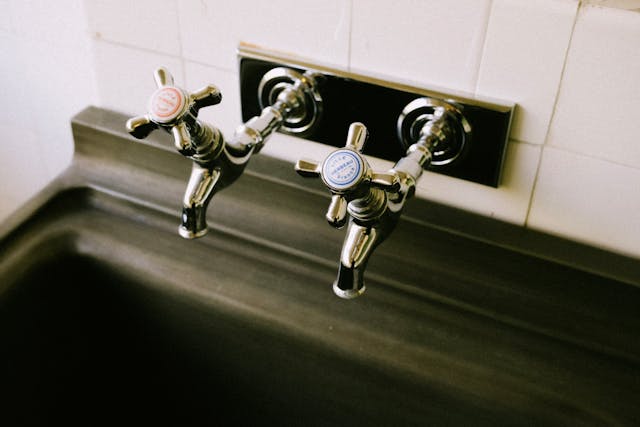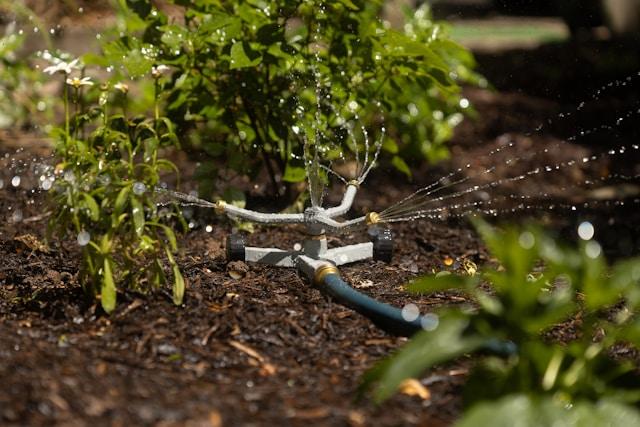Plumbing emergencies can be messy, inconvenient, and costly. However, they can also be prevented. From insulating pipes to regularly cleaning drains, there are many things you can do to avoid the need for expensive repairs in the future. Inspect walls and ceilings for any wet spots or stains indicating concealed leaks. Additionally, take note of skyrocketing water bills and unexplained water puddling.
Table of Contents
Install a Pressure Regulator
A pressure regulator is installed on the incoming water line near your home’s shutoff valve. It reduces high incoming water pressure to safe levels, protecting your pipes and plumbing fixtures from damage. If you’re experiencing noisy pipes, it may be a sign that your pressure regulator is broken. It is relatively easy to replace a pressure regulator—you need to turn off the water, then loosen and remove the old one from your incoming pipe.
Regular inspections and appropriate maintenance can prevent plumbing emergencies even though they are frequently expensive and inconvenient. Contact residential plumbing services for more information on how to avoid costly plumbing emergencies in your home.
Inspect Your Pipes Regularly
Significant property damage, health hazards, and stress can result from plumbing emergencies. Fortunately, they can be prevented by performing regular visual inspections and addressing any plumbing remodeling that may arise. A visual inspection can reveal the condition of your home’s exposed and concealed pipes, including signs of corrosion or wear and tear. It can also detect any leaks or water stains on walls and ceilings. It’s easy to dismiss little plumbing inconveniences like a running toilet or unexplained increases in your water bill. Still, these minor problems can become costly plumbing emergencies if left untreated. Inspecting your pipes regularly can help prevent these emergencies and save you money in the long run.
Install a Water Filter
Plumbing emergencies, like burst pipes or dripping faucets, are unpleasant. Taking proactive measures to prevent these emergencies will save you money and hassle in the long run. Installing a water filter in your home is an easy way to protect yourself against plumbing emergencies. Before you begin the installation:
- Shut off your home’s water supply.
- Locate the cold water line (usually right after the main valve and before the pipes branch off).
- If the cold water line has a saddle valve, close it and open the faucet to drain the pipe.
Clean Your Drains Regularly
Food fragments, hair, oil, or soap residue can clog the drains in your sinks, bathtubs, and showers. Installing drain filters and keeping them clean can minimize the risk of clogs. Always be mindful of what you put down your drains and dispose of greasy, oily substances in the trash rather than the sink. To keep your drains clear, use natural home remedies, such as baking soda and vinegar or enzyme-based cleaners. Avoid chemical drain cleaners, which can corrode your pipes over time. Watch for wet spots and stains on your walls or floor, as these are signs of water damage.
Install a Water Heater
Installing a water heater can be a DIY project if you have plumbing, electrical, heating, and ventilation experience. Follow the printed installation instructions and read all safety warnings carefully. Use an installation kit with compression fittings and threaded connectors appropriate for your home’s piping system (copper or CPVC). Review manufacturers’ literature before installing if you use flexible plastic tubing such as PEX. Insulate your hot water pipes if they’re in locations susceptible to freezing temperatures. It can prevent costly plumbing emergencies such as burst pipes. It also increases energy efficiency. Schedule regular maintenance visits to flush your water heater and inspect critical components for problems.
Turn Off the Water
Plumbing emergencies like burst pipes and clogged drains can be costly to repair. However, these emergencies can be prevented with proper maintenance and inspections. Knowing where your home’s main water valve is and how to turn it off can help you save money on costly repairs. You can also minimize damage by shutting off the water supply as soon as you notice a problem. For example, if you have a burst pipe or broken toilet, quickly turn off the water before it causes more damage by finding your main water valve and opening a faucet or two to relieve pressure. It will prevent expensive water damage and save you money in the long run.
Also Read – So, You Broke Your New Year’s Resolution to Spend Less — Don’t Give Up Now!




